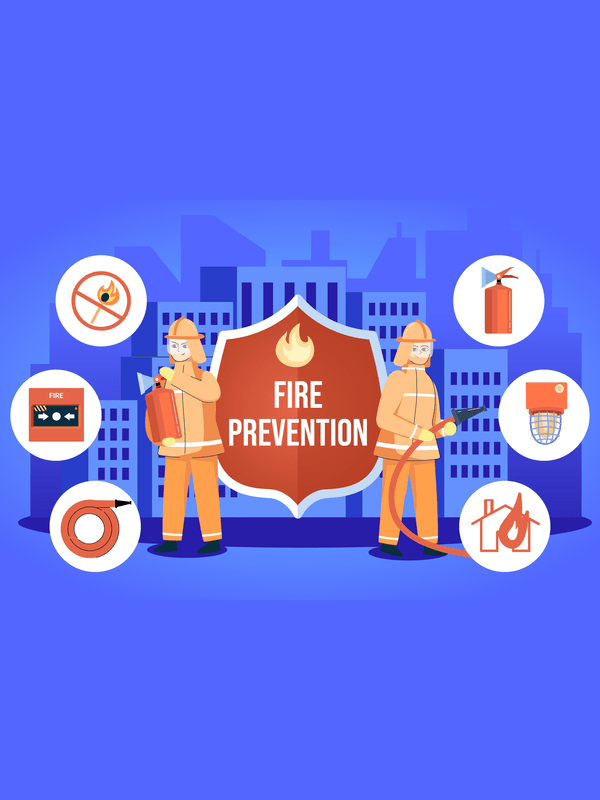Complete Consultancy
Fire protection is a critical aspect of ensuring the safety and security of people, property, and the environment. It involves various measures and systems designed to prevent, detect, control, and suppress fires. Here is a complete consultancy guide regarding fire protection:
1. Risk Assessment:
Begin by conducting a comprehensive risk assessment of your premises or facility. Identify potential fire hazards, evaluate the level of risk associated with each hazard, and determine the appropriate fire protection measures required.
2. Fire Protection Systems:
a. Fire Detection Systems: Install smoke detectors, heat detectors, flame detectors, and manual call points to detect the presence of fire or smoke.
b. Fire Alarm Systems: Implement an alarm system that alerts occupants in the event of a fire and notifies the relevant authorities.
c. Fire Suppression Systems: Depending on the nature of your facility, consider installing sprinkler systems, gas-based suppression systems (e.g., FM200 or CO2), or water mist systems to suppress fires.
d. Fire Extinguishers: Place portable fire extinguishers in strategic locations throughout your facility, ensuring they are suitable for the types of fires that may occur.
e. Emergency Lighting: Install adequate emergency lighting systems to ensure clear visibility and safe evacuation during power outages or emergencies.
3. Fire Safety Training:
a. Conduct regular fire safety training sessions for all employees to educate them about fire hazards, prevention techniques, evacuation procedures, and proper use of fire protection equipment.
b. Designate fire wardens or marshals and provide them with specialized training to handle emergency situations and guide others during evacuations.
4. Emergency Evacuation Planning:
a. Develop an emergency evacuation plan specific to your facility, including evacuation routes, assembly points, and procedures for different scenarios.
b. Clearly mark all exit routes, ensuring they are well-lit and unobstructed at all times.
c. Conduct regular evacuation drills to familiarize employees with the evacuation procedures and identify any areas for improvement.

